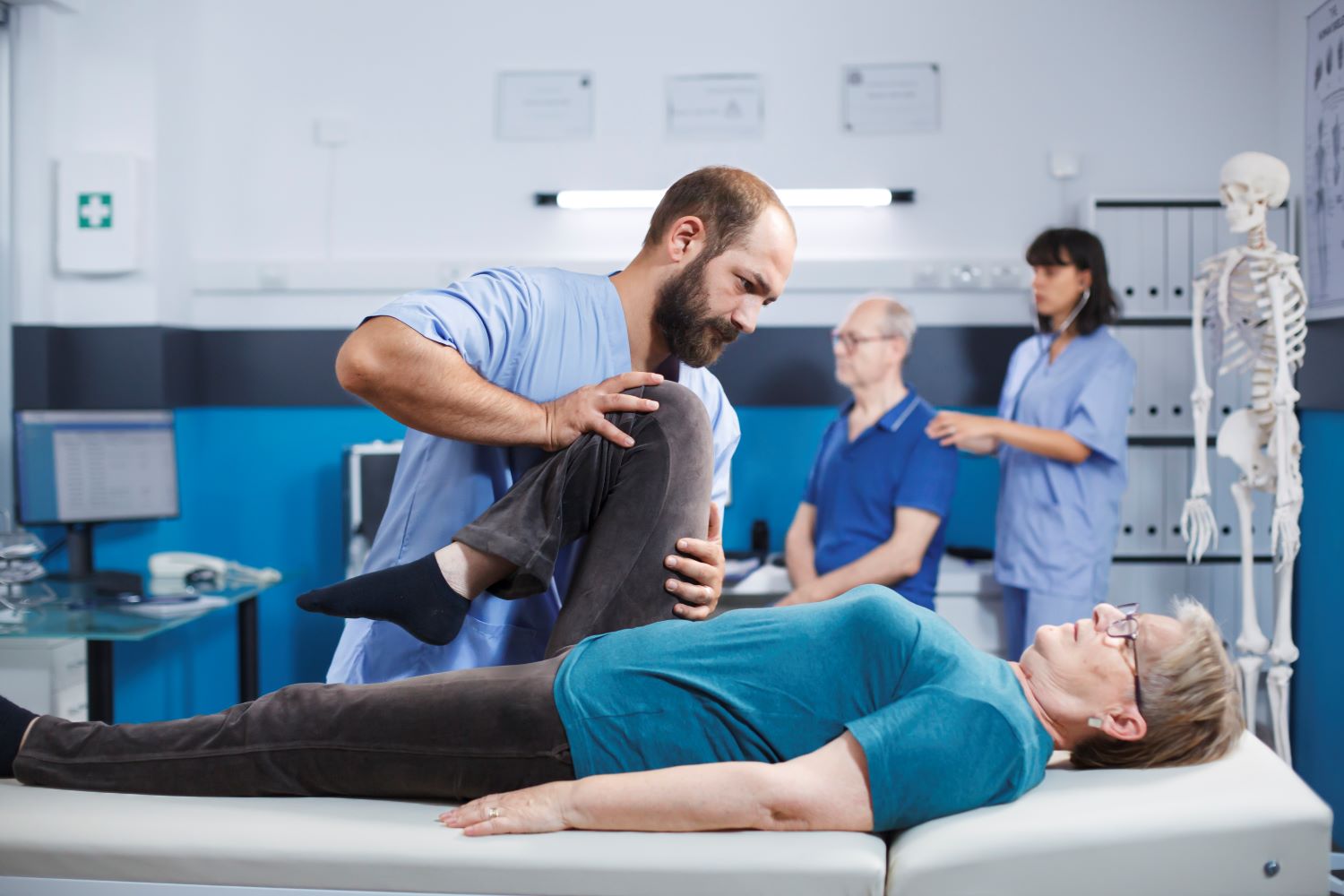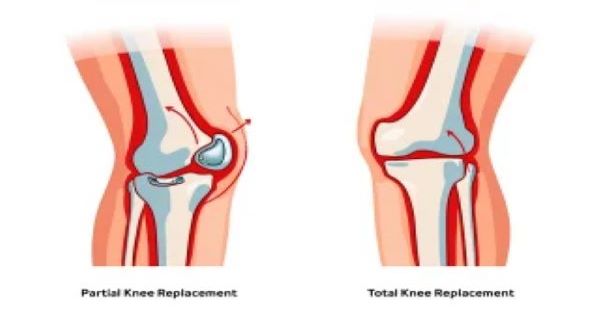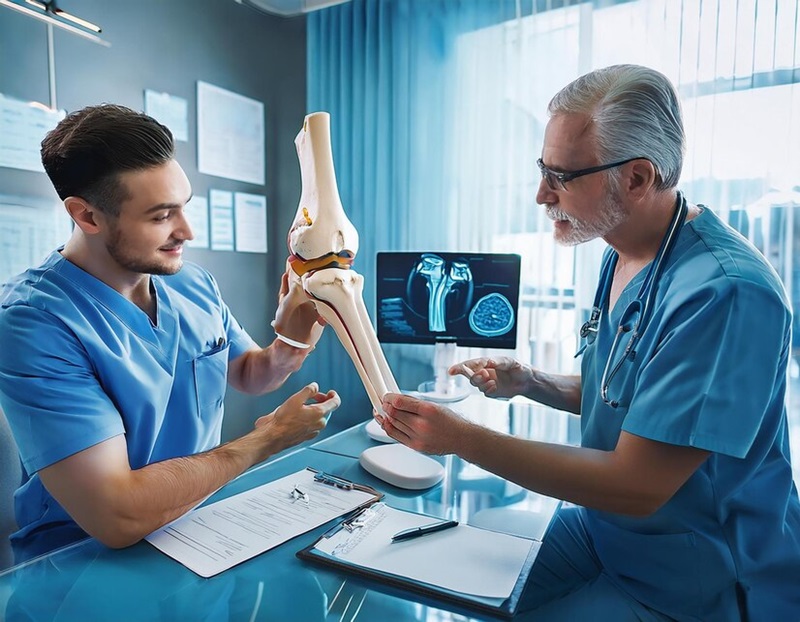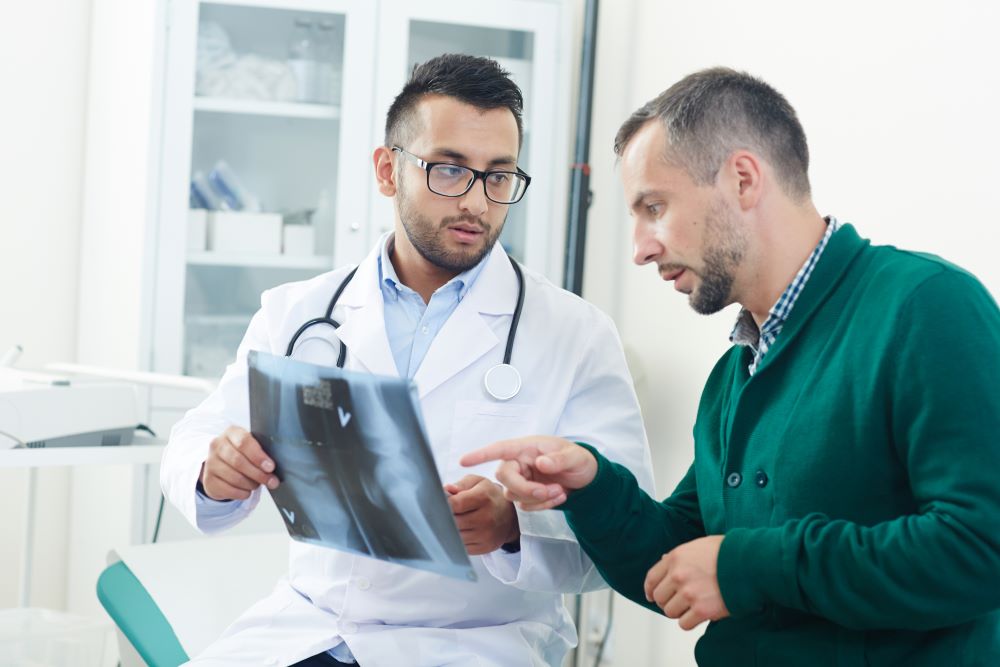For some people, hip joint pain can be annoying and make walking or sleeping hard. The pain can feel like it will never go away, whether it’s from arthritis, an accident, overuse, or a deeper medical problem. While some may eventually consider options like hip replacement surgery in Mumbai, the good news is that you can regain control and feel much less pain by changing your lifestyle and becoming more aware.
You can keep your hip joints healthy and make daily tasks easier if you know what to do. Here are eight essential things you should and shouldn’t do to deal with hip joint pain and move around more comfortably and confidently.
1. DO: Engage in Low-Impact Exercise
You need to exercise for healthy joints, but not all activities are the same. Swimming, walking, riding, and yoga are all low-impact exercises that can help strengthen the muscles around your hip joint, make it more flexible, and loosen it up.
These workouts make it easier to move around without putting too much stress on the joints. A daily, gentle 20-minute walk can make a big difference in how much pain you feel and how well your joints work in the long run. For those trying to avoid or recover from hip replacement surgery in Mumbai, incorporating these exercises into your routine can be a game-changer.
Bonus Tip: Water exercise is a great way to get strength training without putting too much stress on your joints.
2. DON’T: Push Through Intense Pain
The line between being uncomfortable and being in pain that affects is thin. Some mild pain is normal when you move around, but sharp or worse pain is a red flag. Ignoring this could worsen inflammation, damage the tissue, or cause more harm.
Always pay attention to your body. If doing something makes you feel a lot of pain, stop right away and see a doctor. Long-term pain is not worth any gain.
3. DO: Maintain a Healthy Weight
Your hips support your body weight, so extra weight stresses them. Even losing a small amount of weight can make it easier to move around and relieve stress on your hips.
Regular exercise and a well-balanced diet can help you lose weight, lower inflammation, and improve the health of your joints. Consult specialists at an orthopedic hospital in Thane for personalized weight management and hip care strategies to reduce joint stress.
Healthy Tip: Eat lots of anti-inflammatory foods, such as nuts, berries, fresh greens, and fatty fish, to help your joints from the inside out.
4. DON’T: Sit for Prolonged Periods
Sitting for long periods can weaken nearby muscles and tighten the hip flexors. This can affect balance and cause hip pain.
If you work at a desk or sit a lot, get up and stretch every 30 to 60 minutes. Stand at your desk or take short walks during the day to keep your knees moving.
Pro Tip: To keep your joints loose and flexible, do easy stretches at your desk, such as seated leg lifts or hip rotations.
5. DO: Use Heat and Cold Therapy
Switching between hot and cold packs can help immediately if you have hip pain. Heat treatment loosens tight muscles and increases blood flow. Cold therapy, on the other hand, lowers swelling and dulls pain.
To open the area, use a heat pack for 15 to 20 minutes before you do anything. Then, switch to cold packs after you do something or after a flare-up.
Safety Note: Keep your skin safe from burns and frostbite by using a cloth shield.
6. DON’T: Rely Solely on Pain Medications
Over-the-counter painkillers might help for a short time, but they shouldn’t be your only way to deal with hip pain. When used for a long time, it can cause side effects like gut ulcers, liver problems, or dependence.
Instead, for long-term management and general health, combine medication with more holistic methods, like physical therapy, exercise, or changes to your food.
7. DO: Seek Physical Therapy
A professional physical therapist can create a plan that considers your pain, mobility level, and goals. They can strengthen the hip joint, straighten it out, and prevent problems from happening in the future.
Manual therapy, guided stretches, and strength training routines done by a professional can be more helpful than working out independently.
Helpful Insight: Ask your trainer to show you safe ways to stretch and move daily that you can do at home.
8. DON’T: Ignore Early Warning Signs
Hip pain doesn’t just appear out of nowhere very often. It often starts with stiffness, pain, or a slight limp. If you ignore these early signs, you could end up with long-term problems or even need surgery.
The sooner you act, the better the result will be. Don’t wait until the pain is too much to bear before you get help. If you get help early, you can stop long-term damage and keep your joints healthy for longer.
Conclusion
Taking care of hip joint pain doesn’t mean giving up your favourite things to do or living in pain all the time. You can protect your hips, feel less pain, and live better by picking up good habits and avoiding bad ones.
Small changes, like moving around more, stretching more, and sitting less, can build up over time to make a big difference.
Your hips take you through life, so be kind to them, pay attention to what they’re telling you, and make good decisions every day to help them. There may be help closer than you think. Move freely, live fully – book an appointment with the best orthopaedic doctors at Team Ortho Robotics at Kaushalya hospital in Thane to ease your hip pain and restore your active life.









